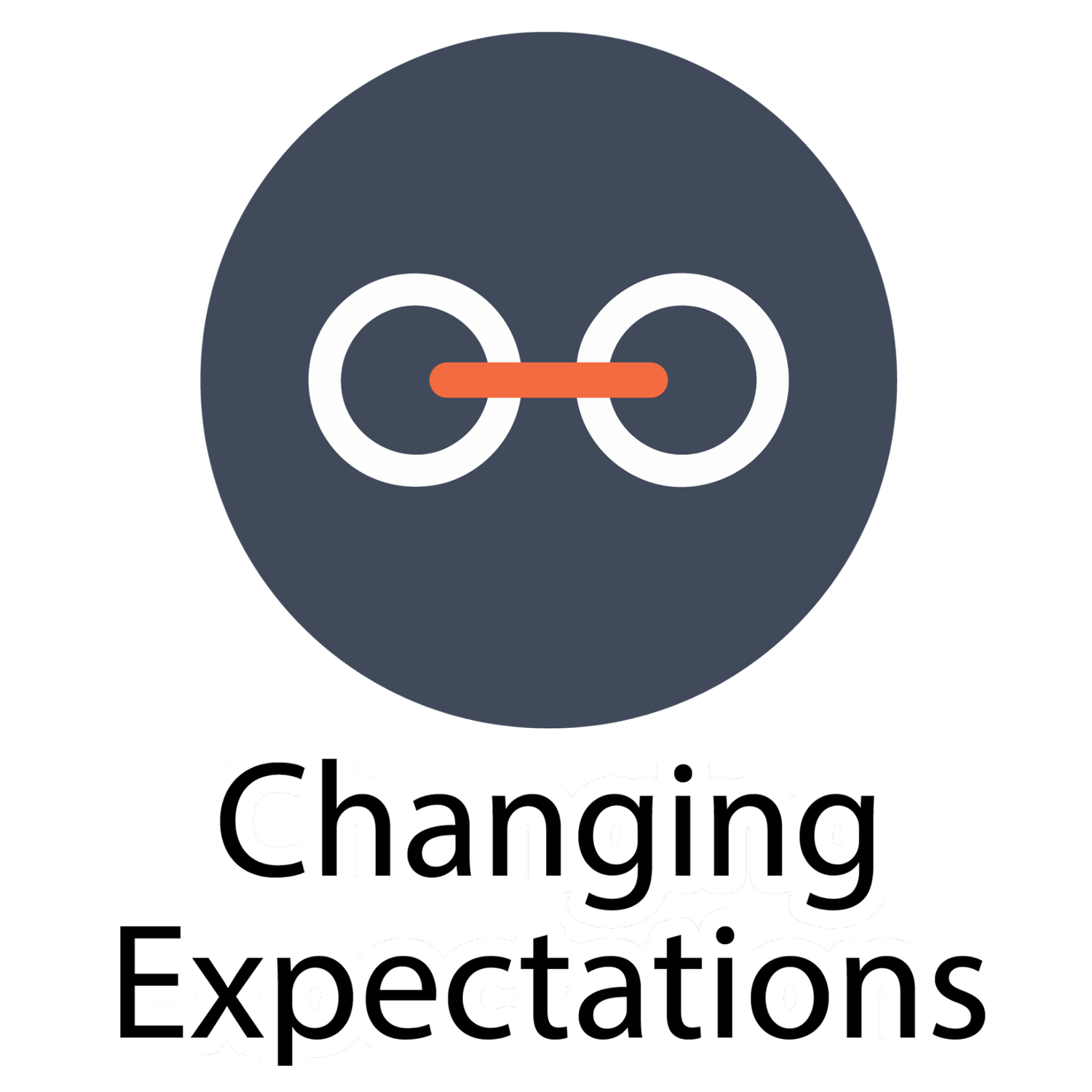A Guide for Educators, Families, and Communities to Advance Positive Outcomes for Black Students with Disabilities in STEM and Computer Science
Why is this important?
Black students with disabilities are underrepresented in STEM and computer science courses, which limits their opportunities for future success and innovation.
Black students with disabilities face systemic barriers that hinder their access and participation in STEM and computer science courses, such as lack of resources, biased policies, and low expectations.
Black students with disabilities need more support and encouragement from educators, families, and communities to pursue their interests and talents in STEM and computer science.
What can you do?
Follow these five actionable steps to create more inclusive and equitable learning environments for Black students with disabilities in STEM and computer science.
Use the Changing Expectations CSforALL RPP’s research document "Identifying Systemic Barriers: Computer Science District and School Policies for African American and Hispanic Students with Disabilities" as a reference for more information and examples.
Share this guidance with your colleagues, families, and community partners to raise awareness and promote collaboration.
Step 1: Address Systemic Barriers
Review and revise district and school policies to ensure that they do not inadvertently hinder the participation of Black students with disabilities in STEM and computer science courses.
Increase access to programs that provide more opportunities for Black students with disabilities to enroll in STEM-related courses by addressing scheduling conflicts and increasing the availability of these courses.
Step 2: Enhance Educator Training and Support
Implement ongoing training for educators to understand and address the unique challenges faced by Black students with disabilities in STEM and computer science.
Provide targeted support and resources for educators to effectively teach Black students with disabilities in STEM and computer science courses.
Step 3: Foster Inclusive Learning Environments
Incorporate culturally relevant content in the curriculum to make learning more relatable and engaging for Black students with disabilities.
Encourage educators to adopt a positive mindset and high expectations for all students, regardless of their background.
Step 4: Engage Families and Communities
Actively involve families in the educational process and provide them with the necessary resources to support their children's learning.
Build strong partnerships with community organizations to provide additional support and resources for Black students with disabilities.
Step 5: Monitor and Evaluate Progress
Use data to monitor the progress of Black students with disabilities in STEM and computer science courses and make informed decisions to improve outcomes.
Regularly evaluate the effectiveness of implemented strategies and make necessary adjustments to ensure continuous improvement.
Source: Singh, Shailen M and Ashford-Hanserd, Shetay and Harvey, Christopher and Mouton, April and Torre, Christina and Muoneke, Ada and Eaglin, Phillip. (2023). Identifying Systemic Barriers: Computer Science District and School Policies for African American and Hispanic Students with Disabilities. Journal of the Alliance of Black School Educators.
Abstract: Numerous African American and Hispanic Students with disabilities are confronted with systemic and policy-based challenges preventing access to K-12 STEM-related and computer science education. In addition, the Changing Expectations CSforALL RPP’s African American and Hispanic Students with Disabilities in the Computer Science Research Alliance conducted a National Science Foundation-funded study to understand teachers’ perceptions of district and school policies and practices that hinder the participation of African American and Hispanic students with disabilities in computer science education in Central Texas. The project’s research study fills a critical gap in the literature concerning the systemic barriers affecting African American and Hispanic students with disabilities in K12 computer science education.
This material is based upon the Changing Expectations Computer Science for All Research Practitioner Partnership (CSforALL RPP). This material is based upon work supported by the National Science Foundation under Grant No. 1923199. Any opinions, findings, and conclusions or recommendations expressed in this material are those of the author(s) and do not necessarily reflect the views of the National Science Foundation.

